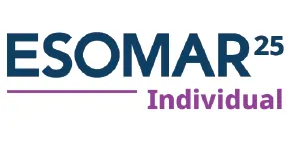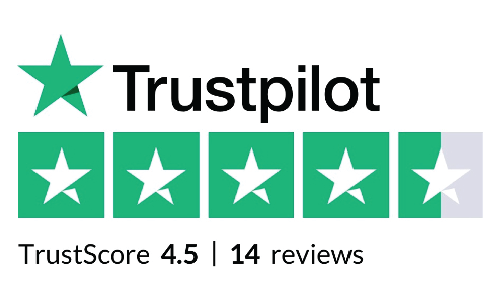
Let’s be honest — most meditation apps feel the same. You download them, try a couple of sessions, maybe fall asleep once to some ocean sounds, and then forget they exist.
But here’s the thing: when life gets truly overwhelming — you’re lying in bed at 2 a.m. with your brain stuck in overdrive, or you’re feeling tight-chested before a work call — those generic apps often fall short.
The people who really benefit from mindfulness tools usually aren’t looking for enlightenment. They just want something that works — something that makes a tough day a little easier.
So, what kind of meditation app could actually do that? That’s where working with a thoughtful, experienced meditation app development company becomes essential.
Start With Sleep
People struggle with sleep more than ever. But most “sleep meditations” feel like someone reading a bedtime story in a soft voice. That’s fine — until it stops working.
What could help more?
Maybe an app that guides your brainwaves gradually — starting with quiet storytelling, then fading into barely-there tones that match the patterns of deep sleep. Even better if it learns your natural bedtime and starts helping before you even open it.
Also, make sure it runs offline. No one wants to be halfway into dozing off only to see a “No connection” message.
Match the Mood
Some mornings you wake up anxious. Some days you're just flat. A truly helpful app should notice.
A simple mood check — like “How are you feeling?” — isn’t just for show. It should influence everything the app suggests. Maybe it shortens your session, adjusts the tone, or skips voice altogether if you're overstimulated.
It’s like having someone quietly say, “I see where you’re at today — let’s go from there.”
Short & Sweet Wins
Not everyone wants to sit cross-legged in silence for 20 minutes. Life is busy, noisy, and messy.
Sometimes, all someone needs is one minute — to close their eyes, breathe, and not fall apart. These little pauses can be life-saving during a hectic day.
Think about this: a button that says “I need a moment.” Tap it, and boom — a 60-second breathing track. No instructions, no fluff.
That’s useful.
Support Between Sessions
Therapy is great — if you’re lucky enough to access it. But what about the time in between?
An app that quietly supports reflection, tracks moods, and lets people write down thoughts (privately!) can be a game-changer. Bonus points if coaches or therapists can offer guidance through it without invading space.
Keep it secure. Keep it simple.
Ditch the Screen
The last thing some people need is another app with bright colors and a dashboard.
There’s beauty in sound. Let people swipe down to start, hear a real human voice — not a robotic whisper — and drift into a mental space that’s entirely theirs.
Maybe let the screen go dark. Maybe let them feel progress through gentle vibrations instead of animations.
This isn’t just for aesthetics. It’s accessibility. Some users literally can’t handle screen-based apps — and they deserve options that work for them, too.
Ask One Good Question a Day
Sometimes the most powerful part of an app isn’t a meditation — it’s a sentence.
“What’s one thing you’re hoping for today?”
“What’s one thing that made you smile?”
These tiny check-ins — no pressure, no tracking, no gamification — help people pause and come back to themselves.
And that, more than anything, is what mindfulness is really about.
Build Something That Feels Real
If an app feels like it’s trying too hard to impress or optimize, people notice. They tune out. But when it feels like it’s quietly in your corner — steady, simple, and there when you need it — people tend to stick with it.
That’s the difference between another wellness product and something that actually helps.
Disclaimer: This post was provided by a guest contributor. Coherent Market Insights does not endorse any products or services mentioned unless explicitly stated.





